While working on my diverse/inclusive cello method books I’ve been thinking about the cello, not as an instrument, but as a cultural instance of a type of instrumental practice embodied in many variations across cultures.
1/4

1/4


Western music ecosystems are already familiar with the wide variety of early cello-like instruments (e.g. viol da gamba, baryton, violoncello piccolo) but there have been cello-like instruments outside of the context of classical music and Europe.
2/4
2/4

So I’ve been exploring other string traditions and repertoire, in addition to women and composers of color who have been neglected in the West.
3/4
3/4
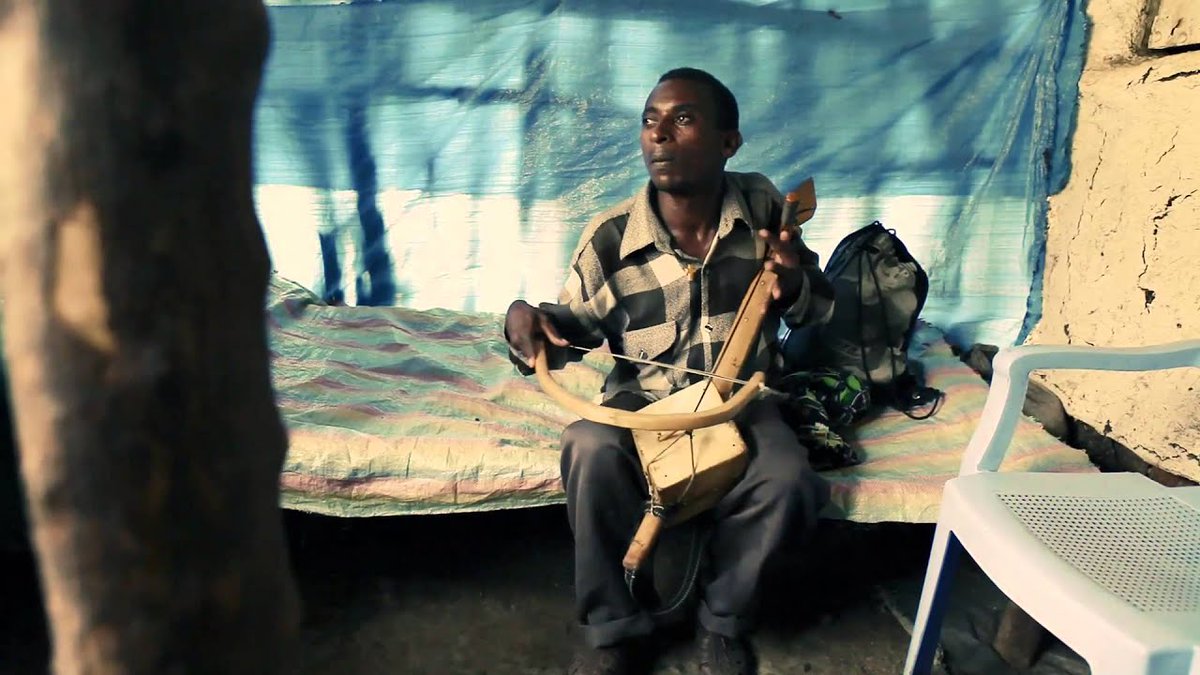
Some of these other traditions are so incredibly fascinating and cool and may help open the minds of young cello students to different ways of musicking with the cello, and hopefully give them an appreciation of other culture's musics.
4/4
4/4

PS: I started exploring these other traditions 10 years ago in this series though I haven't posted anything to it since 2013. Most of it was from the standpoint of resarch rather than pedagogy, though I always did have that at the back of my mind.
silpayamanant.wordpress.com/alt-strings/re…
silpayamanant.wordpress.com/alt-strings/re…
PPS: Of course we can expand diversity this way into quarters and string ensembles!
https://twitter.com/Silpayamanant/status/1386786659660861446
PPPS: As well as diverse orchestras like one of these 80+ types of ensembles!
https://twitter.com/Silpayamanant/status/1327007676925169664
As we see more intercultural ensembles and cross-cultural collaborations become the norm I think we do a disservice to our music students by continuing what's essentially a monomusical education.
https://twitter.com/Silpayamanant/status/1339000335013122049
I think I'll continue this thread with other examples of【cello】.
By 【cello】I mean a shorthand for what I said in the first OT of this thread: "cultural instance[s] of a type of instrumental practice embodied in many variations across cultures"
By 【cello】I mean a shorthand for what I said in the first OT of this thread: "cultural instance[s] of a type of instrumental practice embodied in many variations across cultures"
https://twitter.com/Silpayamanant/status/1393636382187433988
In other words, I'm treating "【cello】" as a category prototype as opposed to "cello" as specific culturally embedded reference to an historical instrument and instrumental practice. So not really an ur-concept and definitely not a "cultural universal."
silpayamanant.wordpress.com/2011/11/27/lin…
silpayamanant.wordpress.com/2011/11/27/lin…
And really, this is how I approach a lot of my research. It's more lateral (not in the de Bono sense) in that I'm using slices of histories* or concepts to explore how many cultures approach a similar task or goal.
*cf. methodology for this project
concertlifeproject.com/methdology.html
*cf. methodology for this project
concertlifeproject.com/methdology.html
The first【cello】(from the image in the OT) is a Basy Podhalańskie (Podhale Bass) used in the folk musics of the highlands Podhale region in South Poland.
I came across this instrument while researching the Złóbcoki, a folk violin fr the same region.




I came across this instrument while researching the Złóbcoki, a folk violin fr the same region.




The second【cello】(from the image in the OT) is an Ütőgardon from the other end of the Carpathians (Hungary, Romania, Moldavia) that the Basy Podhalańskie is found.
I first discovered and wrote about the instrument 10 years ago.
silpayamanant.wordpress.com/2011/03/08/the…



I first discovered and wrote about the instrument 10 years ago.
silpayamanant.wordpress.com/2011/03/08/the…

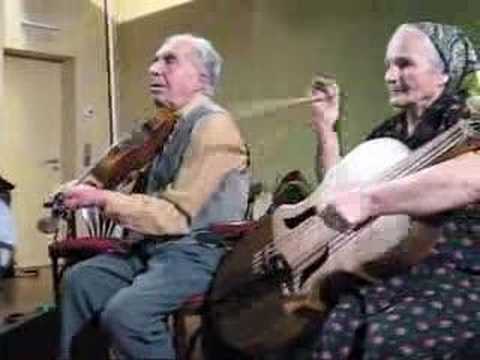

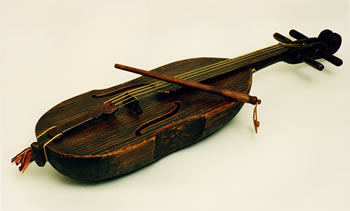
The third【cello】image above was from a pair at a [now dead] website, "21st Century Chinese Orchestra Development Group." They are varieties of cello like instruments used in Traditional Instruments Chinese Orchestras though mainland China has moved back to using the cello. 1/2 



The website stated "Here are some attempts over the years at designing a chinese cello."
Instruments from l-r:
Img 1: Gehu, square Gehu, Dahu
Img 2: Paqin, Laruan, Dihu, Dahan Qin, Long Yinqin
2/2
silpayamanant.wordpress.com/2011/03/13/sun…

Instruments from l-r:
Img 1: Gehu, square Gehu, Dahu
Img 2: Paqin, Laruan, Dihu, Dahan Qin, Long Yinqin
2/2
silpayamanant.wordpress.com/2011/03/13/sun…
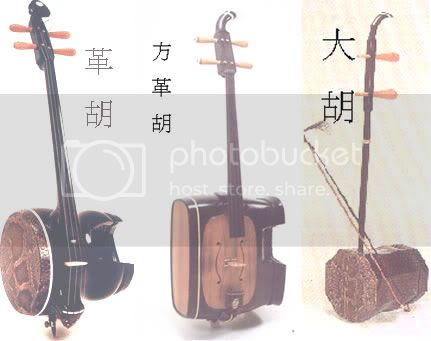

The fourth【cello】image in the thread is the Ethiopian/Eritrean Masenqo traditionally used by the Azmari (Griots) around the horn of Africa. The music ecosystems of the Azmari is secular (contrast with the Debtara that train in the Zema chant tradition).








It never gets old watching Emad Ashour playing Mohammed Abdel Wahab. There can never be too much Arabic Cello.
And I'm always amazed that there are three recordings of Tanburi Cemil Bey (1871-1916) playing cello Taksims.
Uşşak Taksim:
Bestenigar Taksim:
İsfahan Taksim:
Uşşak Taksim:
Bestenigar Taksim:
İsfahan Taksim:

Of course, there’s already work being done creating cello pedagogic methods based on Tanburi Cemil Bey’s cello playing.
“Stakeholder Opinions on Suitability of Cello Etudes Created from Taksims of Tanburi Cemil Bey in Education”
eric.ed.gov/?id=ED579151
“Stakeholder Opinions on Suitability of Cello Etudes Created from Taksims of Tanburi Cemil Bey in Education”
eric.ed.gov/?id=ED579151
A lot of the cello techniques in the greater MENAT world were adapted from indigenous bowed strings like rebab, kemenche, and yayli tanbur.
core.ac.uk/download/pdf/2…



core.ac.uk/download/pdf/2…

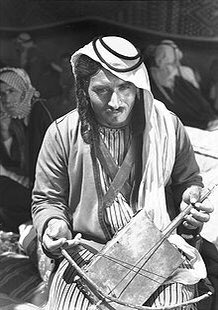

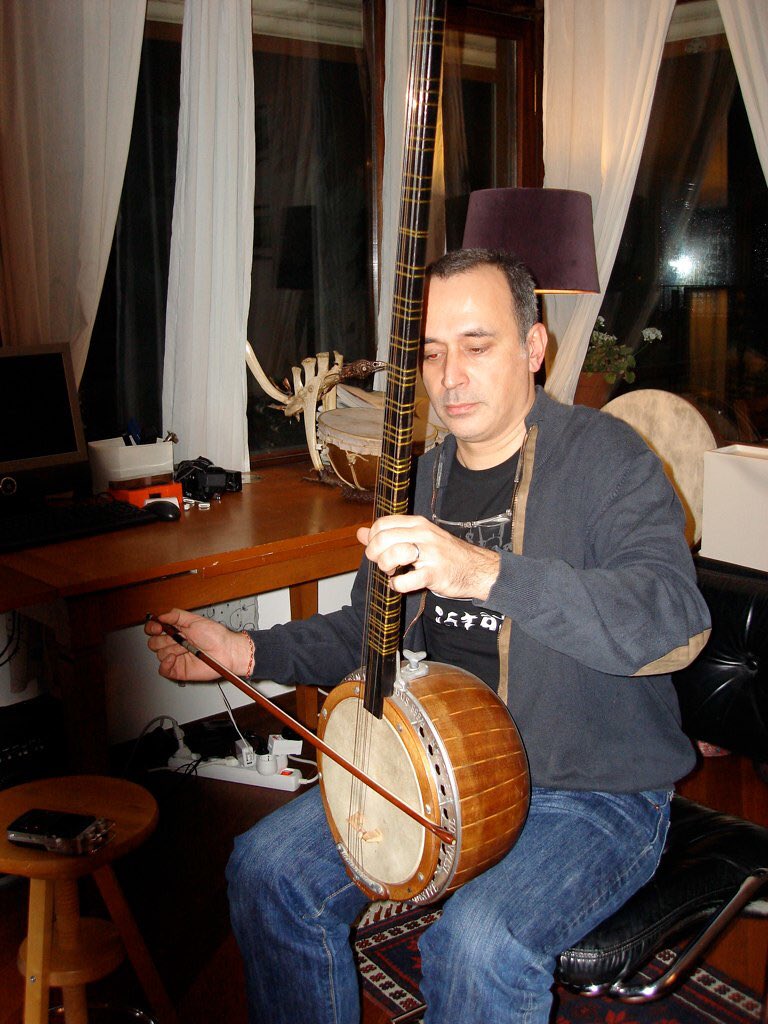
The Islamic influence in Southeast Asia extended to the bowed strings like the Thai Saw Sam Sai, Indonesian/Malaysian Rebab, Cambodian Tro Khmer, and Burmese Tayaw. 






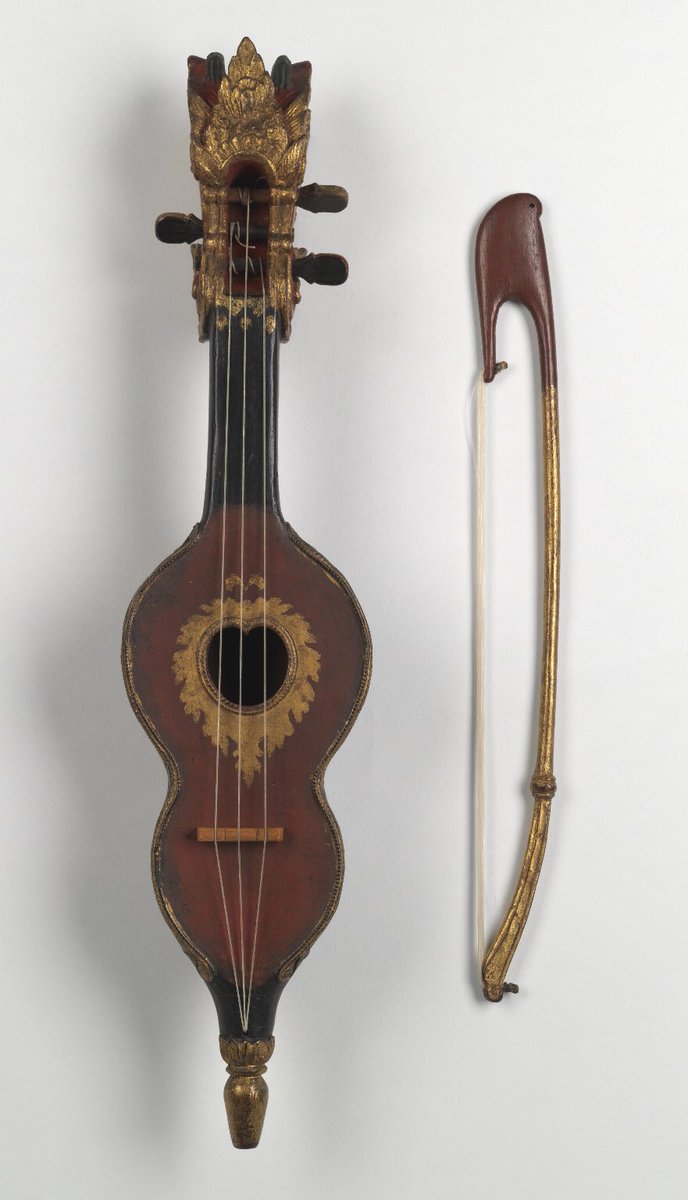
Those are different than the huqin influenced bowed strings we also find side by side the Islamic influenced bowed strings like the Thai Saw Duang, Cambodian Tro Sau, Vietnamese Đàn Gáo, and Lanna Thai Salaw. 





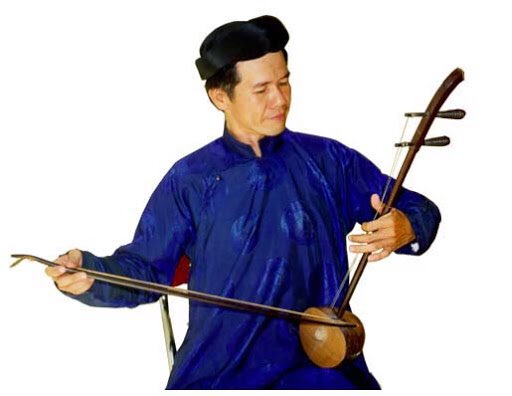
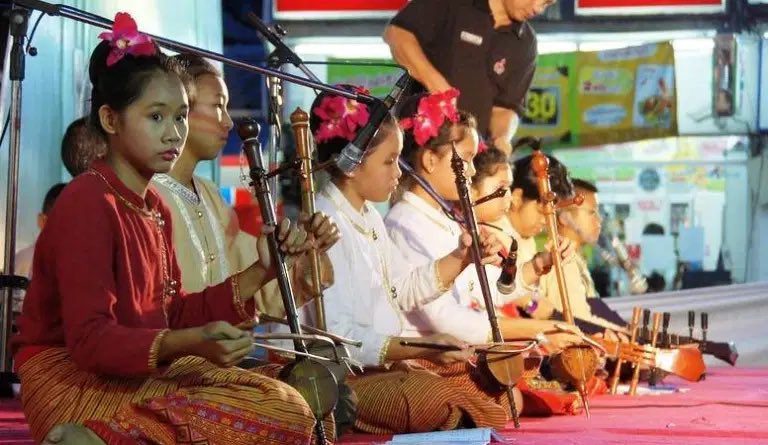
• • •
Missing some Tweet in this thread? You can try to
force a refresh










